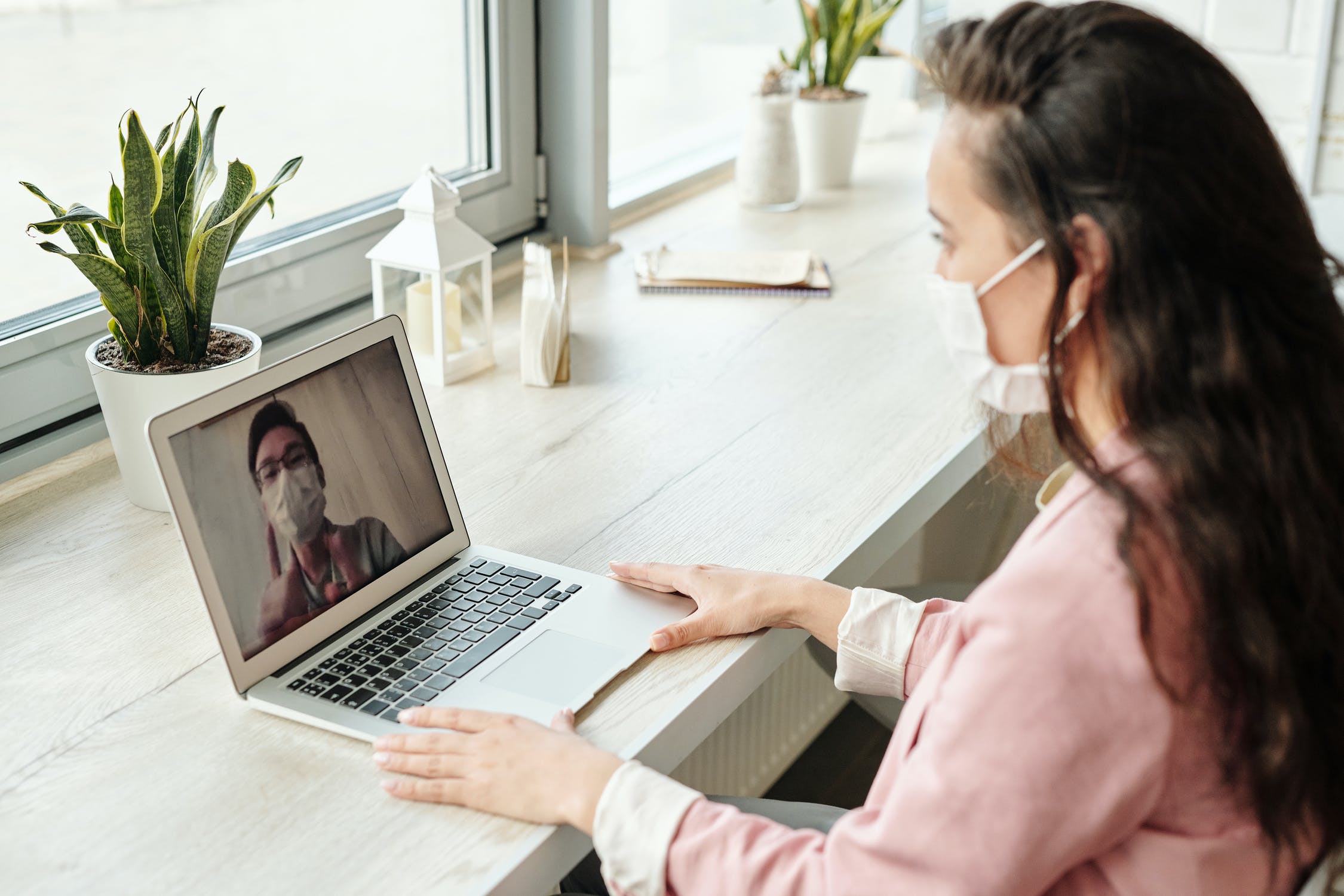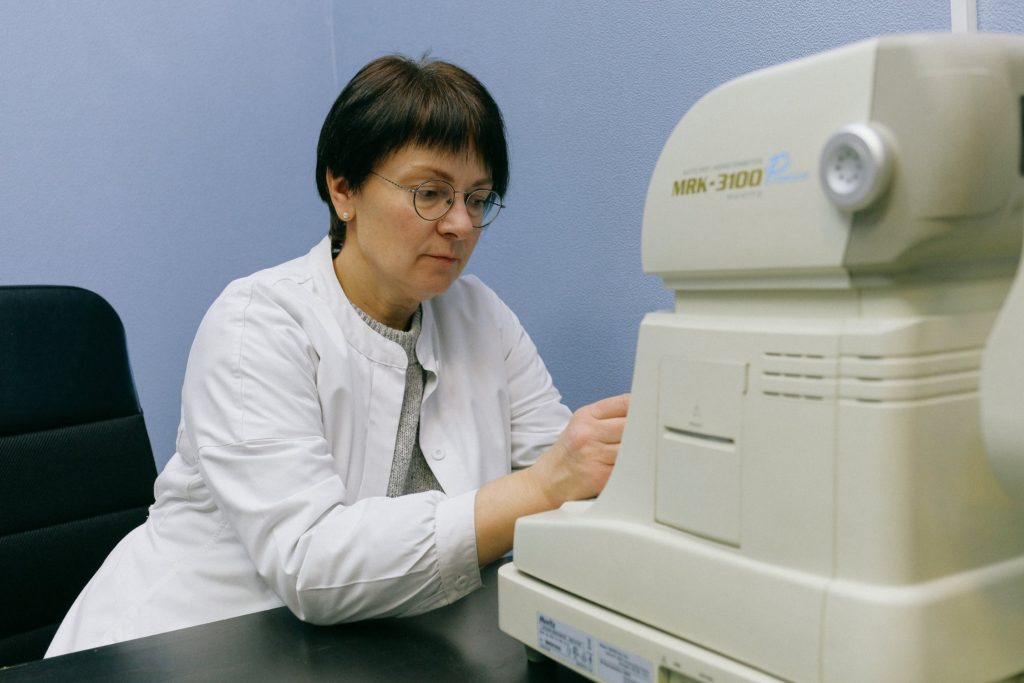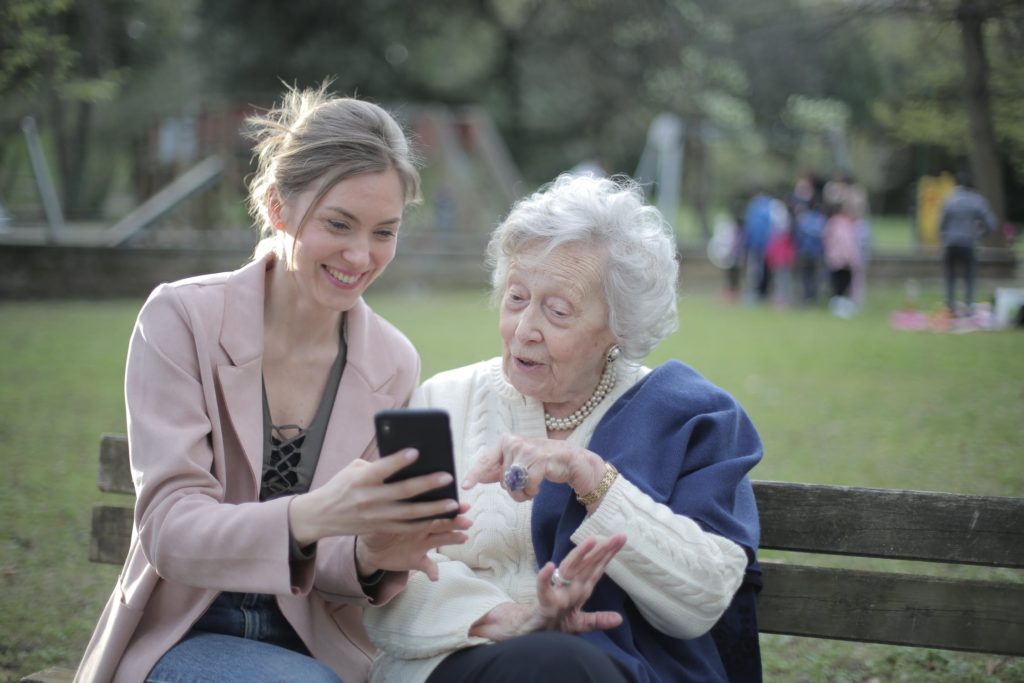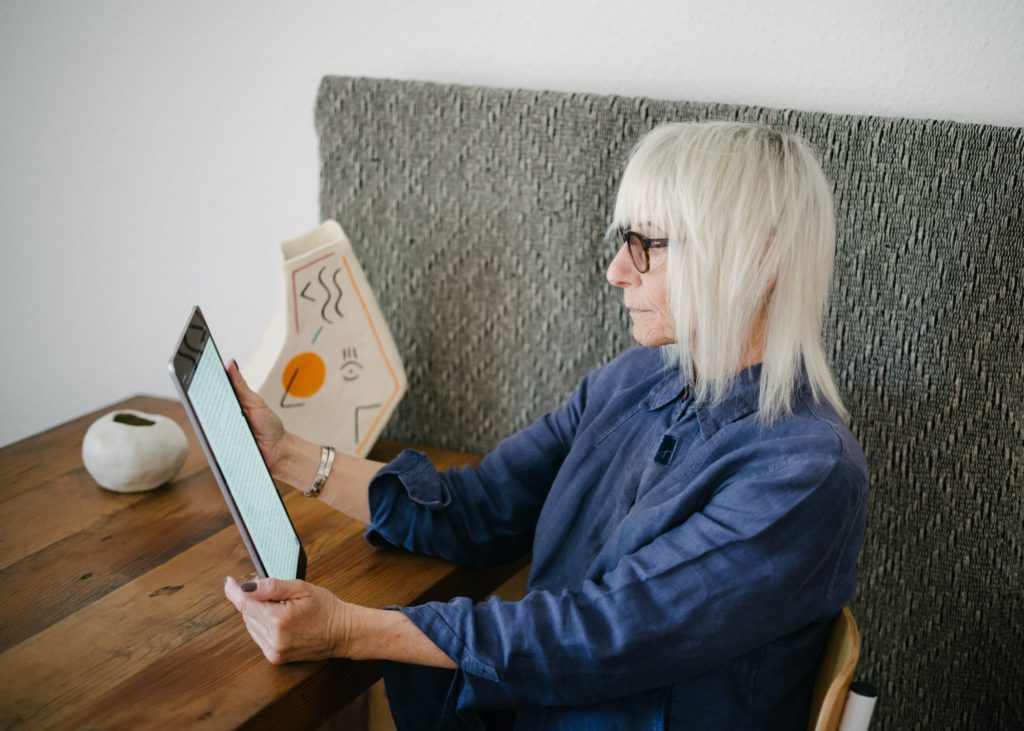
grapplingstars.com, femcompetitor.com, fciwomenswrestling.com, fcielitecompetitor.com fciwomenswrestling2.com articles, pexels.com Edward-Jenner
August 1, 2020,
Unprecedented times invariably churn out ideas and innovations previously unheard of nor needed.
The Covid 19 pandemic has helped to create products, though previously unheard of, that are now greatly in demand.
When you are voluntarily or government mandated to shelter in, some services that you once easily physically attended, due to closures, are no longer in person available.
Another service approach is needed.
Telemedicine is such a service.

Telemedicine refers to the practice of caring for patients remotely when the provider and patient are not physically present with each other. Modern technology has enabled doctors to consult patients by using HIPAA compliant video-conferencing tools.
The team at vsee.com educate, “A tool that makes healthcare more accessible, cost-effective, and that increases patient engagement – is telemedicine. Since making its debut in the late 1950’s, advances in telemedicine has contributed to seniors having the choice to age in place. In addition, the patients that reside in rural areas that previously had difficulties accessing a physician, can now reach them virtually.”
Through telemedicine, physicians and patients can share information in real time from one computer screen to another.
With today’s technology, they can even see and capture readings from medical devices at a distant location.
One of the many benefits of utilizing telemedicine software, patients can see a doctor for diagnosis and treatment without having to wait for an appointment and can consult with a physician from the comfort of their home.
For those of us who have always gone into the doctor’s office for assistance, we wonder why we’ve never thought of or used this innovative concept before.
In some cases, because we’re afraid to transmit our private information online.
Oddly enough, there is always a silver lining in a dark cloud, even one filled with a deadly virus.
Sometimes it’s easy to confuse Telemedicine with Telehealth.

Telehealth is the distribution of health-related services and information via electronic information and telecommunication technologies.
It also allows long-distance patient and clinician contact, care, advice, reminders, education, intervention, monitoring, and remote admissions.
Though Telemedicine is sometimes used as a synonym, or is used in a more limited sense to describe remote clinical services, such as diagnosis and monitoring there is a difference between the two services.
The World Health Organization uses telemedicine to describe all aspects of health care including preventive care. The American Telemedicine Association uses the terms telemedicine and telehealth interchangeably, although it acknowledges that telehealth is sometimes used more broadly for remote health not involving active clinical treatments.
Unlike telemedicine, telehealth also covers non-clinical events like administrative meetings, continuing medical education (CME), and physician training. Telehealth is not a specific service, but a collection of methods to improve patient care and education delivery.
Telehealth could include two clinicians discussing a case over video conference; a robotic surgery occurring through remote access; physical therapy done via digital monitoring instruments, live feed and application combinations; tests being forwarded between facilities for interpretation by a higher specialist; home monitoring through continuous sending of patient health data; client to practitioner online conference; or even videophone interpretation during a consult.
When rural settings, lack of transport, a lack of mobility, decreased funding, or a lack of staff restrict access to care, telehealth may bridge the gap.
The public is positively responding.
The global news and information source CNBC reports, “Teladoc Health CEO Jason Gorevic says they are raising guidance: “We provided approximately 2.8 million visits in the second quarter, representing growth of over 200% compared to the second quarter of 2019.”
The team at business.com add, “American Medical News reports that telemedicine services generated more than $1.9 million in annual revenue back in 2013 and that “home healthcare services and remote doctor and specialists services each generate an annual revenue of between $100 million and $300 million.”
As with all great news, there is a caution and here, a big one.
Crooks are trying to take advantage of this new profitable electronic health services trend. If you are using telemedicine services, it is important for you to be aware of what their tactics are.
COVID-19 Fuels Growth Of Telemedicine — Scams Coming

Convenient, safe for consumers yet watch for scams exploiting arms-length sessions.
WASHINGTON, July 31, 2020 /PRNewswire/ — COVID-19 is spurring more consumers to seek the safety and convenience of distance healing by telemedicine, yet consumers must stay alert for costly insurance scams, warns the Coalition Against Insurance Fraud.
Telemedicine by remote is widely available for consumers sheltering at home throughout the U.S. So to stay safe, consumers are increasingly holding video and audio healthcare sessions with their doctors and other medical providers from the comfort of their homes.
Convenient medical exams, advice, diagnoses and even treatment are all being accessed by remote. Yet costly insurance scams can exploit the burgeoning arms-length telemedicine. Tele-schemes can steal patients’ identities and defraud their insurance policies, the Coalition warns.
Bogus telemedicine sessions for illicit profits also can damage a patient’s health.
Get the most out of your telemedicine sessions, yet stay alert to insurance scams:
Quiet area. Hold your session in a quiet area, free of home noises and distractions. Make sure the lighting is good, and your devices are plugged in or charged.
Prescriptions. Have your prescription bottles ready so you can accurately discuss your medicine needs.
Flashlight. Bring a flashlight so your medical provider can better see injuries, sores or inside your mouth if needed.
Telemed app. Know your telemed app or portal before your session. Test to make sure it operates compatibly on your system.
Refuse strangers. Scam artists cold-call people, often seniors. The callers offer free telemed exams with a doctor you’ve never met. You’re promised free braces, medicines or other health benefits — just give up your insurance information. These are ploys to steal your medical identity and falsely bill your insurance.
Suspicious charges. Check your medical statements carefully. Was your insurance billed for telemed sessions you never had? Charged for full-hour sessions that lasted only a half-hour? Billed for braces or medicines you never received?
Report scams. Contact your insurer, state fraud bureau or Medicare if telemedicine bills look suspicious or you suspect a scammer tried to recruit you.
Telemedicine offers a new era of convenient healthcare during the pandemic, and beyond. Watch for insurance scams to ensure your telehealth session is safe, secure and healing, the Coalition urges.

| CONTACT: | James Quiggle, Coalition Against Insurance Fraud |
| 202-246-8071; jamesq@InsuranceFraud.org |
SOURCE Coalition Against Insurance Fraud
Related Links
OPENING PHOTO grapplingstars.com, femcompetitor.com, fciwomenswrestling.com, fcielitecompetitor.com fciwomenswrestling2.com articles, pexels.com Edward-Jenner
http://www.InsuranceFraud.orghttps://vsee.com/what-is-telemedicine/
https://en.wikipedia.org/wiki/Telehealth
https://www.business.com/articles/growing-healthcare-profits-with-telemedicine/
https://fciwomenswrestling.com/
https://www.fcielitecompetitor.com/



